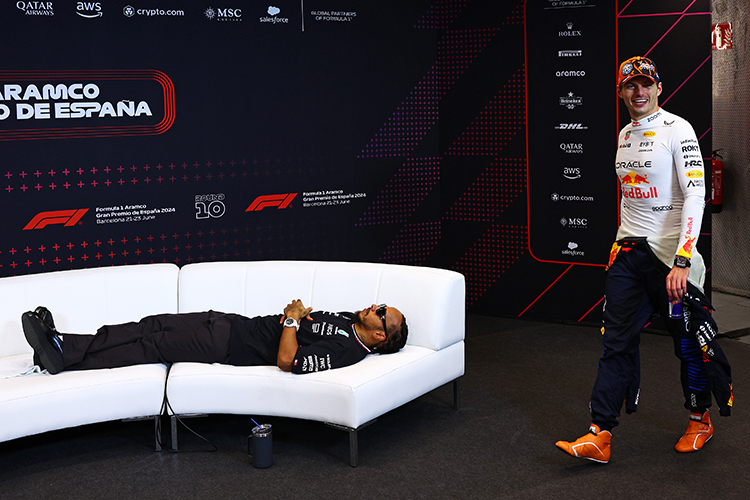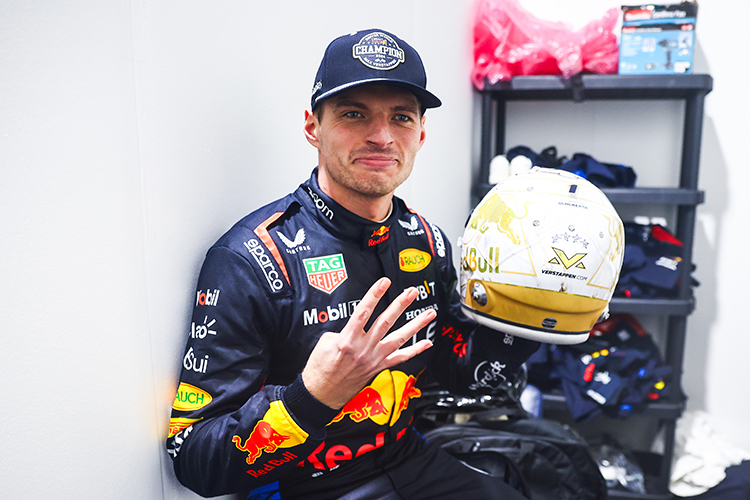Lando Norris hit with severe penalty at Qatar GP for safety infringement
 Red Bull Racing/Red Bull Content Pool
Red Bull Racing/Red Bull Content Pool
During a tense episode at the Qatar Grand Prix, Formula One driver Lando Norris faced stringent measures from the sport's governing body, the FIA, which cited a "serious compromise of safety" as the rationale for a severe penalty imposed on him. Norris was subjected to a 10-second stop-go penalty, one of the most punishing sanctions prior to disqualification, for not slowing down sufficiently under double-waved yellow flags along the main straight.
The incident, which saw Norris plummet from a potential second-place finish down to 10th, was directly influenced by adherence to a safety guideline reiterated to teams on February 19. This guideline explicitly states that non-compliance under double-waved yellows—a signal indicating significant hazard ahead—warrants a stop-go penalty due to the egregious nature of the safety risk involved.
A statement from the FIA clarified, "A double yellow flag infringement is considered a serious compromise of safety, which is why such offences carry such a severe penalty." This isn't the first instance of such a strict enforcement, as similar consequences befell Kimi Raikkonen during the 2017 Belgian Grand Prix under comparable circumstances.
The controversy at Qatar GP escalated when debris, specifically a dislodged wing mirror from Alex Albon's Williams, was identified on the main straight. Amid decisions against deploying a safety car or Virtual Safety Car (VSC) to manage the situation, the ensuing laps saw Lewis Hamilton and Carlos Sainz suffer punctures after encountering the debris, ultimately necessitating a safety car intervention.
Despite online backlash questioning the initial lack of a substantial safety response, leading racers including Grand Prix winner Max Verstappen supported the stewards' decision based on the visibility and perceived minimal risk posed by the debris. "It was a bit difficult to see, to be honest, what it was... So I guess it's a bit of a tough call to make," Verstappen commented on the incident.
In light of these events, the FIA elucidated through a series of points their standing protocol regarding debris on the track:
The safety car is typically not deployed for minor debris and if it is off the racing line.
The later scattering of substantial debris and resulting tire damages propelled the decision to employ a safety car.
The VSC, which maintains spread-out positions of cars, was deemed inappropriate as it wouldn't allow sufficient time for track clearing.
Ongoing review and discussions with teams about the incident and safety protocols are expected, striving for potential enhancements in future race management.
The Qatar Grand Prix has thus not only highlighted critical aspects of race safety but underscored the consistent evolution of regulations and athlete expectations in the ever-intense world of Formula 1 racing.
Up Next



